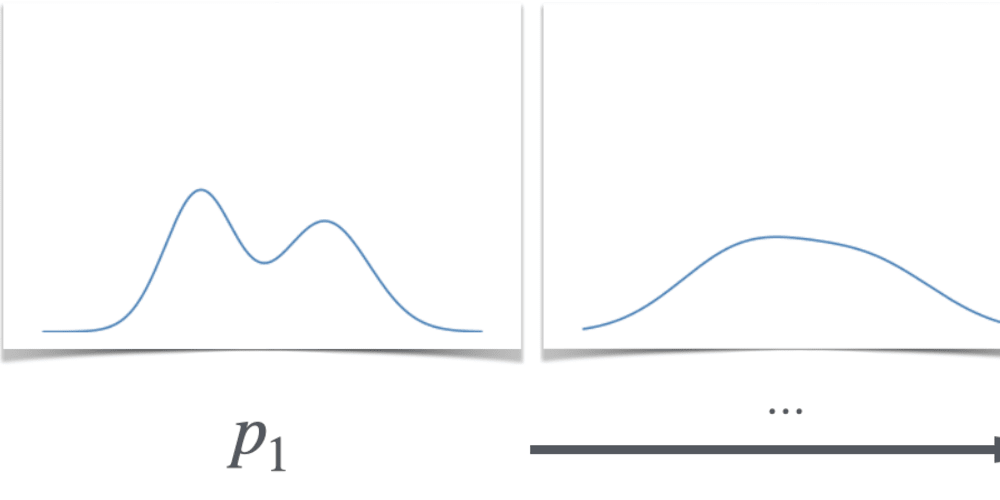This is a weekly newsletter of interesting Salesforce content
See the most interesting #Salesforce content of the last days 👇
✅ Different ways of Sending Email using flows
Make the most of Salesforce Flow, a powerful tool for creating custom processes in Salesforce. Explore its versatility, particularly when it comes to using flows for various email-sending methods. This feature enhances communication with customers, prospects and stakeholders, making it more efficient. You can customize Salesforce Flow to fit your specific needs by utilizing various methods for sending emails.
✅ Using Flow to Filter Reports with URL Parameters
Using reports, you can explore your Salesforce data in nearly limitless combinations and present it in various user-friendly formats. Reports in Salesforce come with their own URLs, much like any record in Salesforce. You can easily open reports by navigating to their URLs. Moreover, you can even filter reports with URL parameters.
✅ Setup CI/CD Using GitHub Actions?
GitHub Actions is a Continuous Integration & Deployment platform provided by GitHub that can be used to deploy your code from one environment to another environment. You can create workflows and jobs to trigger the pipeline and deployment.
✅ Design an API Specification Using MuleSoft?s Visual API Designer
The first step toward creating an API is to design your API specification. The API specification helps you visualize how your API will work once it's developed, without actually developing it. You can test your API design using MuleSoft's mocking service in API Designer, which gives you a better feeling of what this API will look like once it's finished. After you finish the API specification, you can later use it to automatically generate the initial base code using MuleSoft.
✅ Future vs Queueable
Oftentimes, we need to do an external callout when a trigger transaction is completed, or make an update that requires creating a new transaction, do some summaries at the end of the process. To do all this stuff, usually, developers would use the @Future method in the first place. But is it the best solution? In this post, I will briefly present future methods and Queueable implementations, then compare them.
Check these and other manually selected links at https://news.skaruz.com
Click a Like button if you find it useful.
Thanks.



















